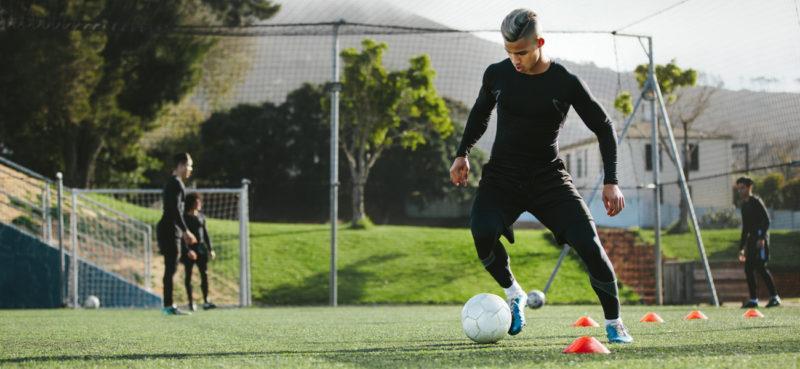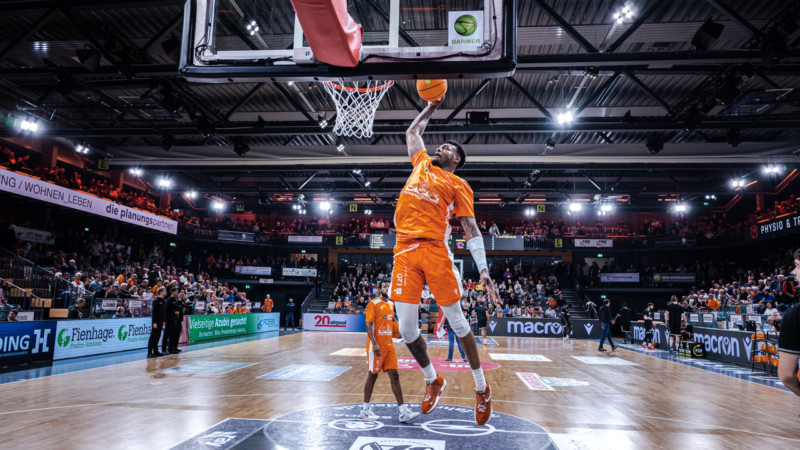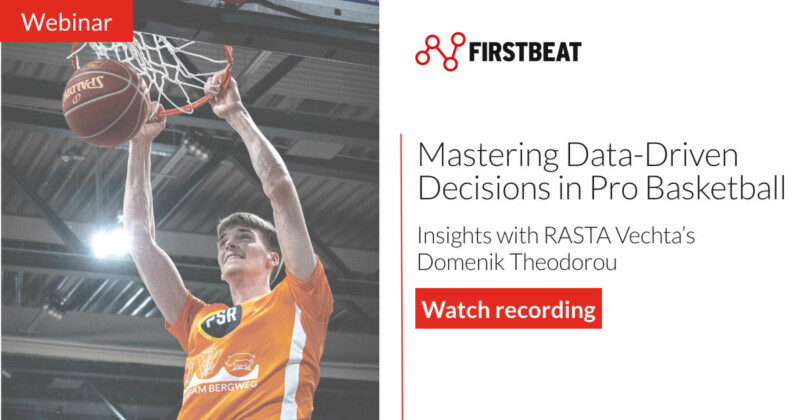
In this series, we’ll be introducing you to some of the coaches and staff taking advantage of the Firstbeat Sports solution to monitor training and recovery. We’ll get their personal view and experiences of how they use Firstbeat in their sport.
Name: Marcus Lindner
Sport: Basketball
Role: Strength and Conditioning Coach
Team: German National Basketball Team

Marcus Lindner is the Strength and Conditioning Coach for the German National Basketball Team. He has been working for different teams in the BBL (i.e., Brose Baskets Bamberg, Köln 99er) and ÖBL (i.e., Swans Gmunden, Wörthersee Piarten Klagenfurt). Marcus career began at the German Sport University Cologne, where he completed his Diploma in Sport Science with emphasis on “training and performance” in 2006. Since 2014 he is using the Firstbeat Sports system.
How do you see the sports technology is helping the coaching staff in professional sports?
Athletic training is about balancing between training and recovery. Doing right things at the right moment is a key for progressively develop the athletes. To meet these demands, the coach needs to know how each individual athlete is responding to exercise-induced stress.
Why do you use Firstbeat Sports?
I use the system because it provides me objective data to organize and manage the training process. The Quick Recovery Test before training helps me in assessing the training status of the athlete and the real time training monitoring provides me physiological insights on training load to the metabolism and cardiovascular system.
One of the reasons was that I wanted to know how non-specific stress (in the case of travel) affects the training status of the players. To achieve the best results, I wanted to know where my athletes are on the training status (overreaching-over training states). If I do not control the stress-recovery adaptation process, I would be just relying on luck and guessing where we are going.
How has the Firstbeat Sports system helped your team?
The heart rate variability (HRV) analysis helps me to observe the status of the autonomic nervous system (NS) and the endocrine system for each player. With the system I can more easily control the stress levels of the players to know how much loading the players can tolerate to ensure positive responses to training.
Which parameters are you using to control training load and training status of the players?
To evaluate the training load we track the following variables during practice:
- Heart rate (cardiac and metabolic stress)
- GPS data (metabolic stress and mechanical load)
- Force-time curves (mechanical load) and
- Rating of perceived exertion/ Borg scale (total load)
We use the following tests to assess the training status:
- Sub-maximal force test, grip strength, jump test (jump strategy) (fatigue of the neuromuscular system)
- Resting HRV and HF (fatigue of the autonomic NS and cardiac system)
- Questionnaire (physical, cognitive and emotional fatigue)
If you liked this article, you should subscribe to our mailing list.
You might also be interested in

Why Monitor Internal Load in Elite Sports?
A look at the what, how and why of internal load monitoring and why it should form part of your training program.

Shooting For The Top Again with RASTA Vechta and Firstbeat Sports
RASTA Vechta is a basketball team currently playing in the Pro A, the second division of professional basketball in Germany. We recently spoke with Vechta’s Performance Coach, Domenik Theodorou, to…

Mastering Data-Driven Decisions in Pro Basketball
Firstbeat Sports Webinar to learn how to use data to make smarter coaching decisions, including planning training weeks, recognizing trends in players, and tracking prospects across teams. Learn how…
